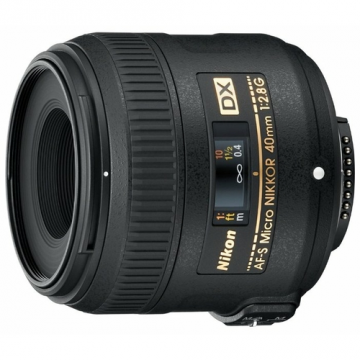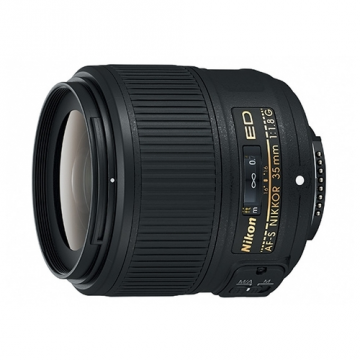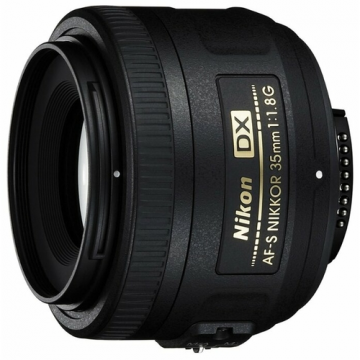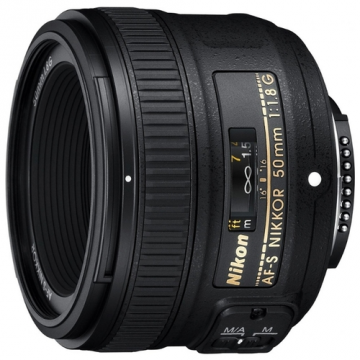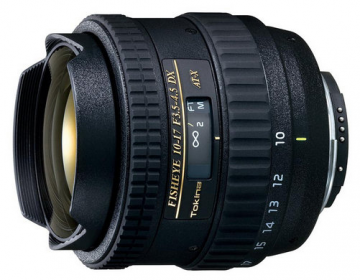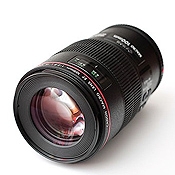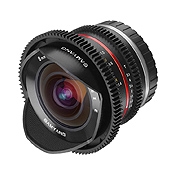The first drawback that the lens that comes with the camera has is a small aperture value, which does not allow taking pictures in low light conditions. By choosing an optional large aperture lens, you can get bright and colorful images, even in semi-dark indoor spaces. Many professionals prefer fixed focal length devices. Such a lens, in contrast to zoom devices, is more versatile and suitable for a wider range of shooting situations. Thanks to such a device, you can take high-quality portraits, fascinating landscapes and professionally engage in subject photography.
We have compiled a list of the best lenses for Nikon cameras based on expert opinions and reviews from real customers. Our recommendations will help you make the best choice for your requirements and desires.
| 1 | Nikon 40mm f / 2.8G AF-S DX Micro NIKKOR | 19 490 p. |
| 2 | Nikon 35mm f / 1.8G AF-S DX Nikkor | 11 350 RUB |
| 3 | Nikon 35mm f / 1.8G AF-S Nikkor | 34,990 p. |
| 4 | Nikon 50mm f / 1.8G AF-S Nikkor | 13 900 RUB |
| 5 | Tokina AT-X 10-17mm f / 3.5-4.5 AF DX Fish-Eye Nikon F | 48,290 p. |
Type: macro lens
The main advantages
- The unparalleled SWM motor ensures zero noise during operation and the fastest focusing, which instantly switches from manual to automatic
- ED structural element is made of glass, which significantly reduces chromatic aberration
- Nine-bladed aperture for naturalistic reproduction of all out-of-focus subjects
- The lens makes it possible to shoot at a very close distance (macro photography), thanks to the 1: 1 scale
- The device allows you to get fairly high-quality pictures in low light, thanks to the large aperture ratio
Type: wide angle
The main advantages
- The modern optical mechanism of the device provides an excellent level of brightness and sharpness throughout the frame
- High aperture ratio and versatile focus distance allow high quality shooting in natural light, even indoors
- Eye-catching background blur effect provided by 7-blade diaphragm with near-perfect circular aperture
- During the design, the developers have perfected the aspherical hybrid element, which makes it possible to maintain high image quality, even when the size of the lens is reduced.
- The parts of the device are made using SIC multilayer coating, which guarantees reference color reproduction and no glare
Type: standard
The main advantages
- The lens is designed for use with Nikon systems with a built-in DX sensor. The autofocus of the device is equipped with a modern ultrasonic drive
- The product is provided with high quality optics and a wide aperture. The focal length is close to the reference classics of full-frame cameras
- The developers of the device created conditions for obtaining high resolution and contrast, provided the device with smooth autofocus
- Bright viewfinder picture, essential in low light conditions, thanks to the largest aperture of f / 1.8
- For ease of use, the controls have been minimized, only a slide switch remains for selecting the focusing mode
The main advantages
- The device perfectly solves all problematic issues of portrait photography with bokeh effect
- State-of-the-art optical system specially tailored for use in DSLR digital cameras, and a super-quiet ultrasonic SWM motor ensures the fastest focusing
- This device has an optical design of 7 elements in 6 groups, which provides extreme depth and sharpness of the shot composition
- There is no mechanical aperture ring on the lens, and only electronic control is realized directly from the camera itself
- Due to the high aperture value (f / 1.8), the image in the camera's viewfinder is quite sharp, even in low light indoors
Type: fisheye
The main advantages
- The field of view in the range of 100-180 degrees predetermines the formation of the "fisheye" effect and the possibility of zooming while maintaining high sharpness
- A gasket at the landing zone, a special coating on the outer lens and a secure assembly form the basic protection of the product against moisture
- A minimum focusing threshold of 14 centimeters from the sensor guarantees high-quality photographs at close range from the subject
- The use of ED glass in the rear optical element group significantly reduces chromatic aberration in the center and at the edges of the image
- Optimized optical design and lightweight body materials result in a low lens weight
.

